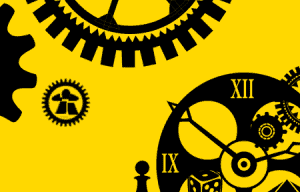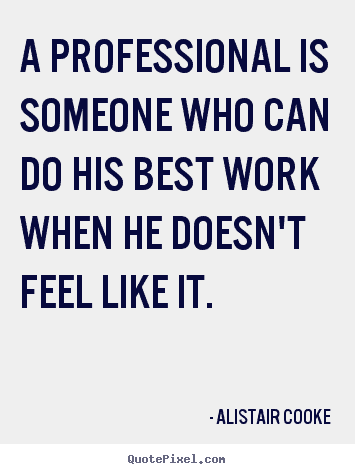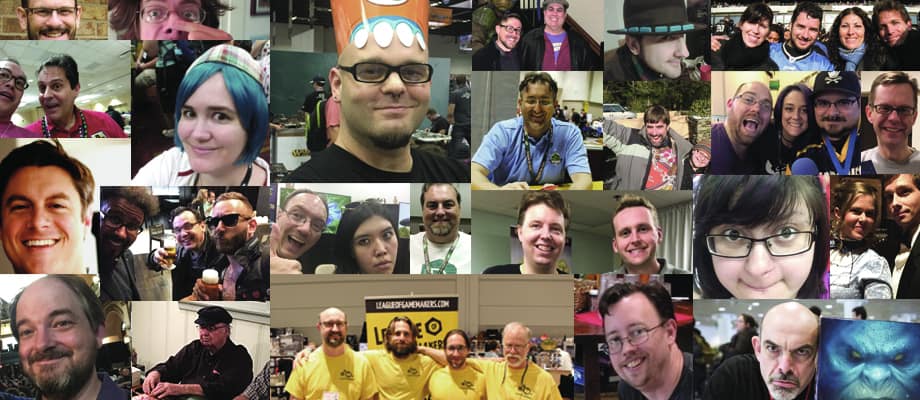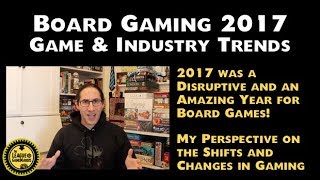
How’s your New Year’s resolution coming? Did it have anything to do with game design? Run a successful Kickstarter to self-publish your game? Have a publisher pick up your design? Have three prototypes to bring to your favorite convention? Maybe even just “finish” that game you’ve been working on for a few years? If you’re like me, you’ve set some game design goals for 2016. And if you’re really like me, you’re finding it difficult to buckle down and get things done, especially when you’re not feeling particularly “inspired.”
After all, isn’t that what drives the creative process? Inspiration? You can’t punch a timecard to work on creative endeavors from 9 to 5. If inspiration hits at midnight, that’s when you work into the wee hours. If inspiration is nowhere to be found at convenient times, then there’s no sense grinding through fruitlessly. We chalk up such an unpredictable and gusty schedule to one of the challenges of trying to be a creative professional.

Waiting for a semi-clothed game design muse to beam down and strike me with inspiration.
I would like to propose that being a professional in this field does not rely on inspiration, and it isn’t even defined by who signs your paycheck. JR Honeycutt already shared his experience and tips on getting hired in the game industry. I want to take a step back and consider the word “professional” in the first place.
The word professional traces its roots to the word profess–to state publicly and openly, to vow.
BEING PROFESSIONAL, AT ITS CORE, IS BEING AVOWED, OR DEVOTED, TO THE GIVEN WORK.
Just like any vow, you keep it even when it’s not easy.
In the creative work of game design, I believe what separates professionals from amateurs is not receiving a paycheck or royalty check from a game company. It’s not even necessarily having a game on a shelf with your name on it. Those things are easily seen by others, of course, and lend credibility to your profession, but I consider them results of being a professional rather than requirements. The results that emerge from countless hours of playtesting. The results of thousands of minor adjustments to balance numbers in spreadsheets. The results of many afternoons saying “You know what, I’m not feeling particularly inspired right now, but this game isn’t designing itself, and I need to get something done.” In the creative field, working only when inspiration strikes is amateur.
CALLING IT YOUR JOB, WORKING ON IT EVEN WHEN YOU DON’T FEEL LIKE IT–THAT IS PROFESSIONAL.
If we want to be professionals, we need to live profession-ally. It is a discipline.
… A discipline with which I admittedly struggle to maintain. Even this article has been composed over three days, interrupted by Facebook, emails, Netflix, and a three-year-old (okay, there’s no avoiding that one). So I’ll be the first to admit that I am not the example. But the point remains: Just because game design is a creative field does not mean that the same grinding resolve we give our “main” job is irrelevant when inspiration has run dry.
 That said, by that definition, I think there are a lot more professionals in this field than we think, or at least a lot more potential professionals. Professionals who make the choice each day to kick inspiration to the curb and make a
That said, by that definition, I think there are a lot more professionals in this field than we think, or at least a lot more potential professionals. Professionals who make the choice each day to kick inspiration to the curb and make a New Year’s resolution to buckle down and create.
The best games are yet to be made.








